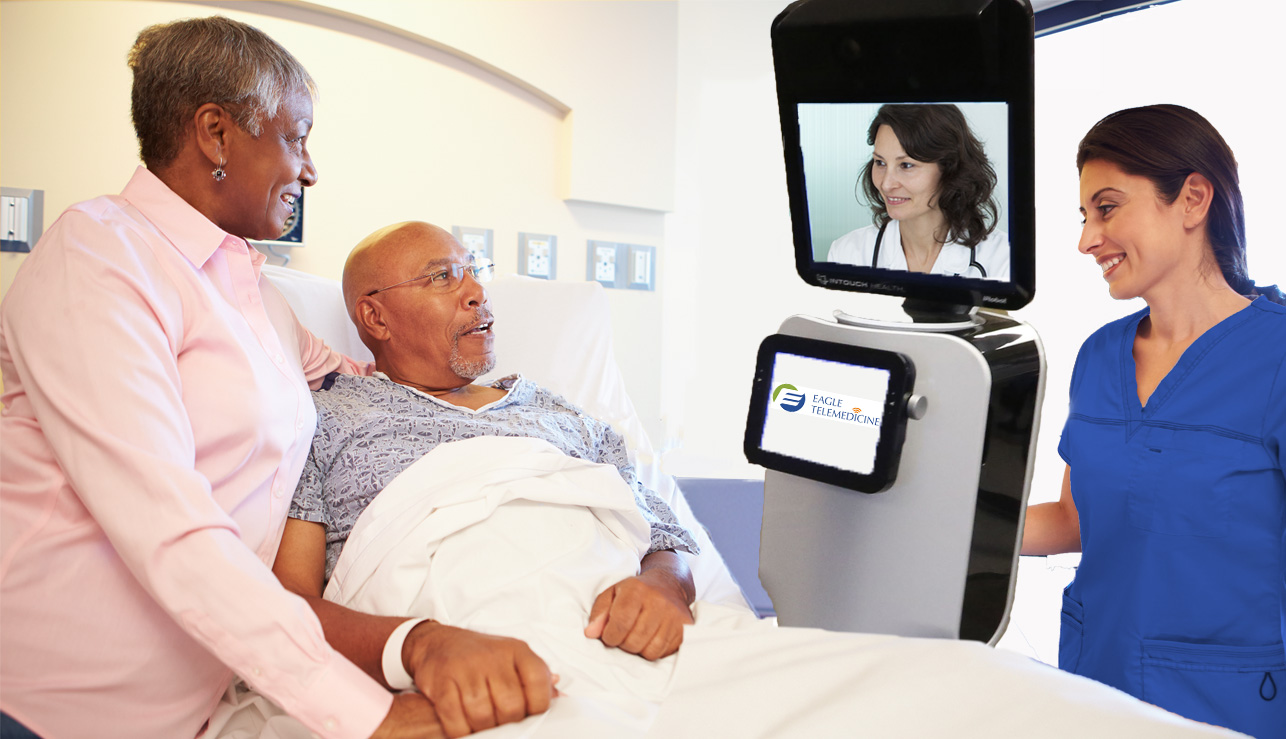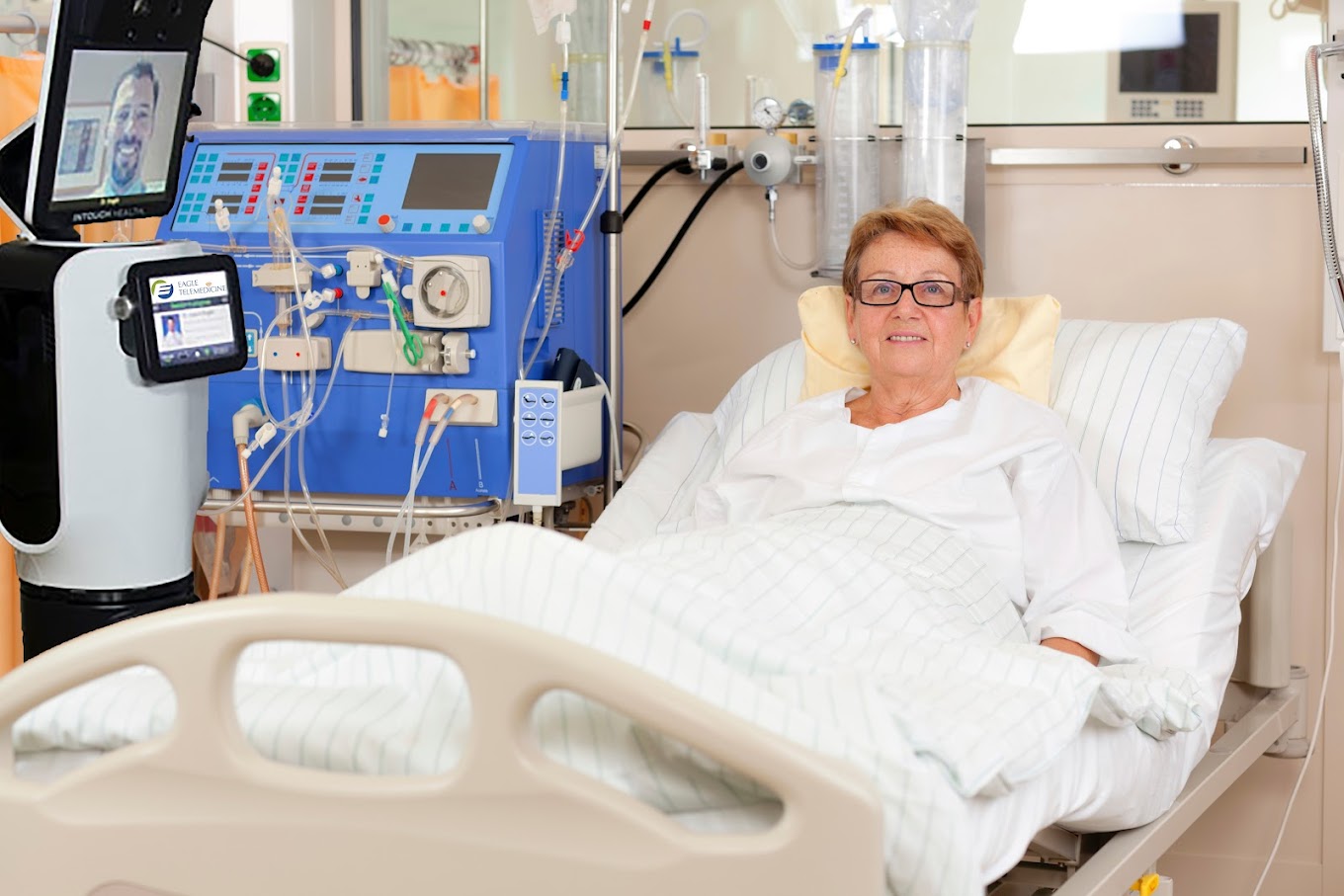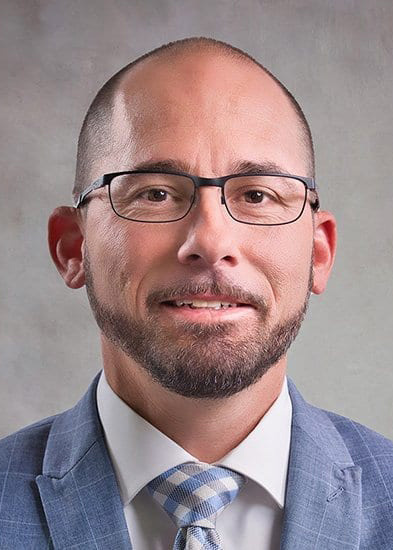How telemedicine provides unique care in rural settings
Access to health care services remains a pressing issue in rural communities that is amplified by the shortage of physicians, particularly specialists. According to the Association of American Medical Colleges, if rural residents were to receive the same access to health care as urban residents, by 2034 rural areas would need to source and relocate an additional 180,000 doctors. This gap not only compromises patient care but also leads to limited access to specialized care, decreased patient volume, and financially unsustainable solutions in rural health care systems. How is telemedicine bridging this gap?
1. Improved access to specialized health care services
As observed over two decades, telemedicine has been shown to improve patient outcomes. The Society of Critical Care Medicine reports that through telemedicine, specialized services such as ICU have seen reduced costs and lengths of stay. Studies show that health care-associated infections have also dropped, and ICU mortality has decreased by 40 percent. Through this resource, the geographical gap between rural patients and specialist care is beginning to close.
 |
Outside of the ICU, patients have access to one-on-one time with specialists all over the country with response times as short as 1 minute and 9 seconds. This form of inpatient telehealth also gives patients more time with providers and the ability to reach specialists who can better meet their needs. This technology is breaking down language, time, and geographical barriers to even the most rural community hospitals.
2. Enhanced collaborative care networks
Telemedicine not only connects patients with specialists but also fosters collaborative care networks among health care providers. Through seamless communication and information sharing among providers, patients are better served in urban and rural areas. A study published in the Journal of Telemedicine and Telecare found that teleconsultations between primary care providers and specialists increased by 67 percent over the past year, leading to more comprehensive and timely care for patients. By enhancing communication channels, telemedicine empowered these health care teams to work together more efficiently, ultimately benefiting their patients in rural and underserved areas.
3. Innovative remote monitoring and intervention
Remote monitoring and intervention hold incredible promise for rural communities. In these areas, a trip to the hospital is no simple task. Innovations in remote monitoring and intervention are changing the narrative. Wearables, remote sensors, and AI-driven analytics allow health care providers to remotely monitor patients with chronic conditions or post-operative care needs in real time. Studies have shown that telehealth-enabled remote monitoring programs are making a substantial difference. The National Health Council reported that almost 157 million Americans, half of the total population, suffered from chronic health conditions in 2020. The application of telemedicine can lessen the total number of in-person visits for chronic conditions. Through telehealth’s remote monitoring and intervention, hospitals are seeing increased treatment compliance and overall ease of strain on providers.
4. Alliances lower the cost of specialty care
Rural hospitals are increasingly able to take advantage of telemedicine across different specialties where it’s been traditionally too costly to employ. Programs such as the Eagle Rural Care Alliance are opening access to telemedicine specialty services by fostering alliances between rural facilities to maximize economies of scale. By bundling multiple hospitals’ needs together, such alliances deliver affordable access to telemedicine specialty physicians in more economically consumable increments. As a result, even hospitals with extremely low patient volumes can affordably offer the specialty clinics their communities need.
.jpg) |
The future of telemedicine will improve care for patients while increasing health resources in all communities. It represents a paradigm shift in rural health care delivery, offering new access to specialized care, fostering growing collaborative care networks, and empowering patients to take control of their health while lowering the cost of delivering specialty services for even the smallest rural hospitals.
NRHA adapted the above piece from Eagle Telemedicine, a trusted NRHA partner, for publication within the Association’s Rural Health Voices blog.
 | About the author: Jason Povio serves as chief executive officer for Eagle Telemedicine. In this role, Jason has oversight over all aspects of the business, including operations, program implementation, post-implementation support, credentialing as well as marketing and business development. He has a diverse background in systems engineering along with broad experience in healthcare, working in large integrated healthcare systems in a number of operational excellence and executive positions. |
